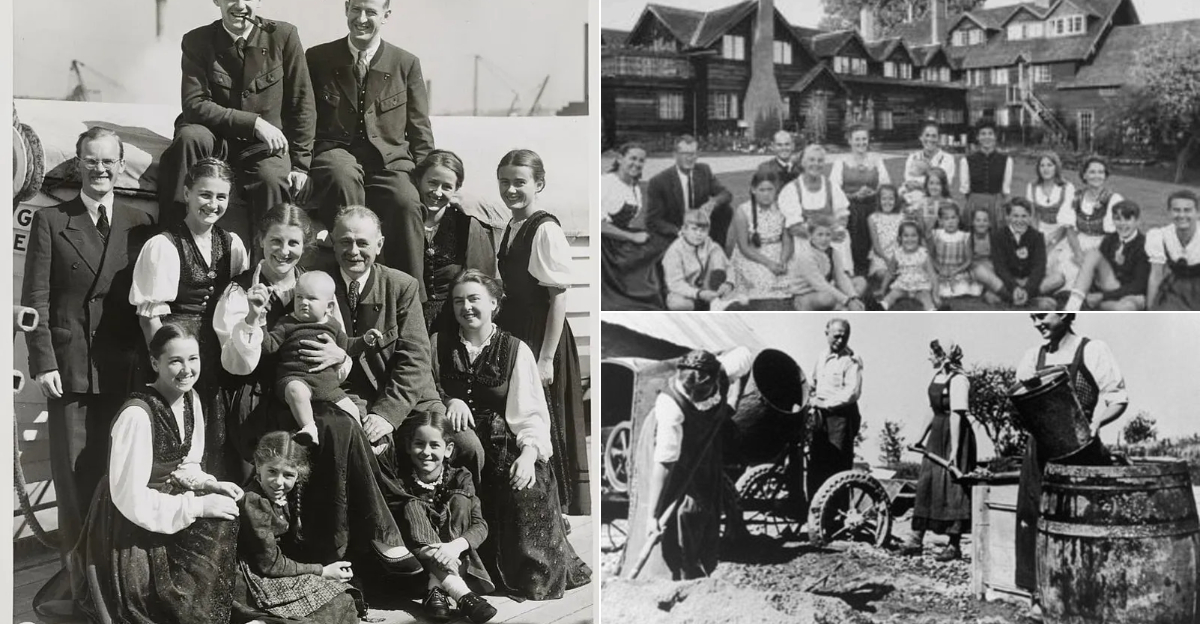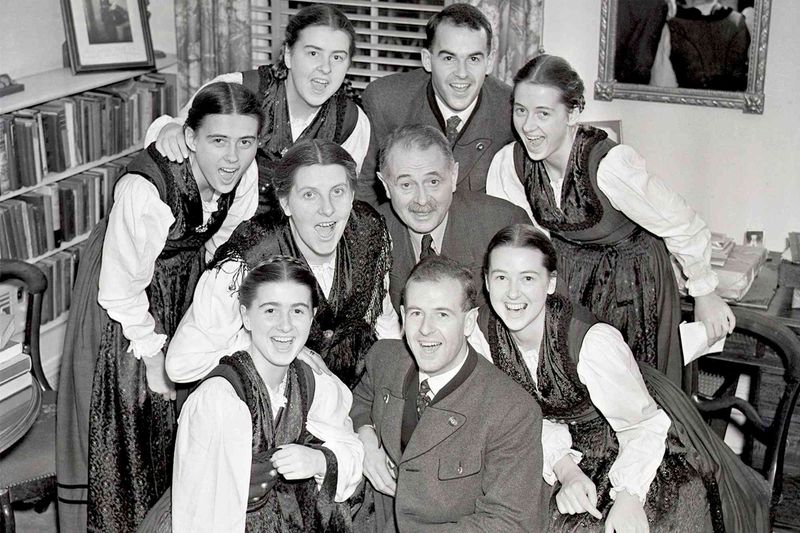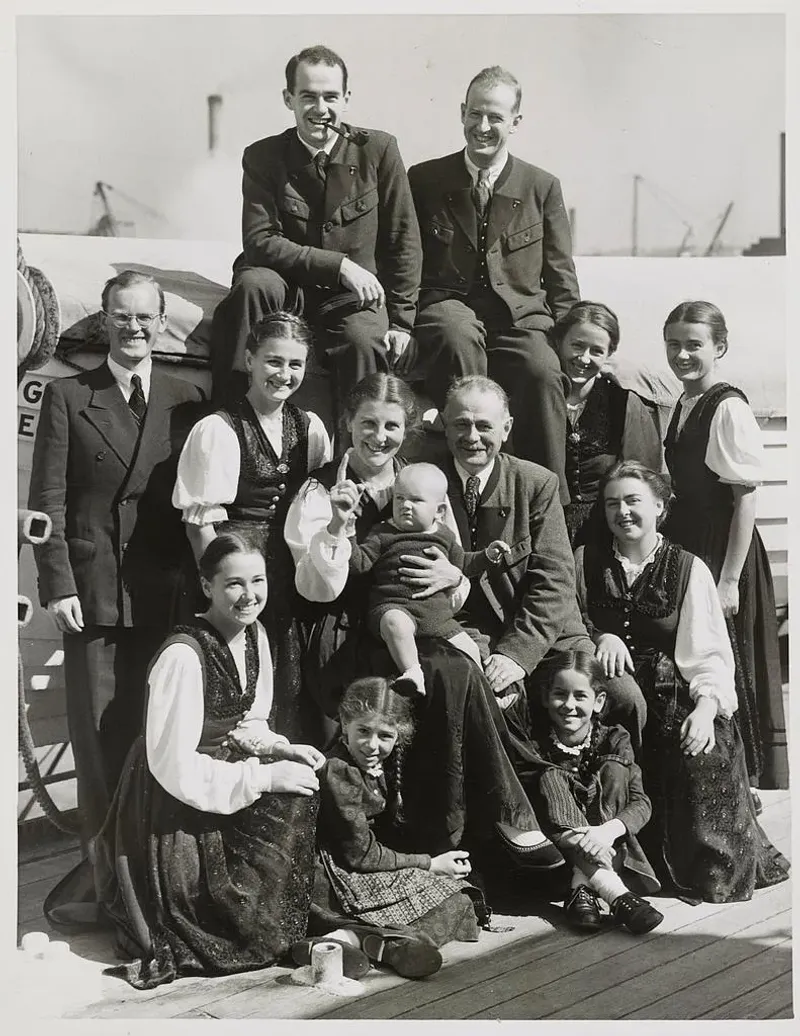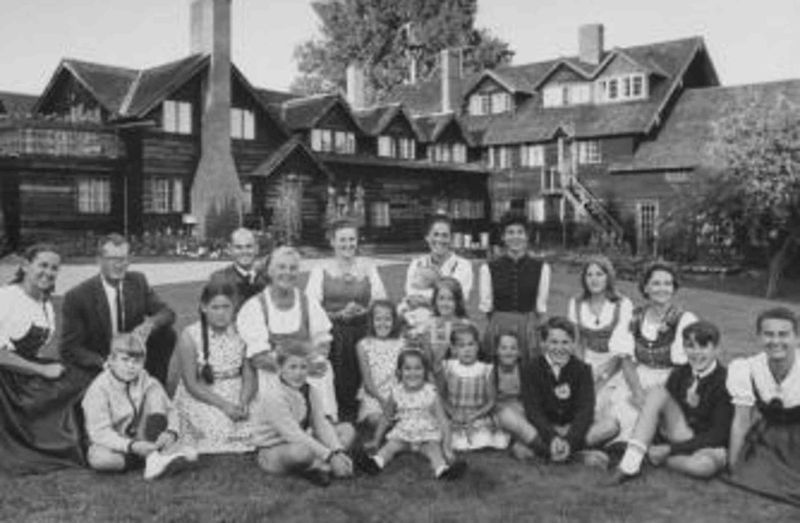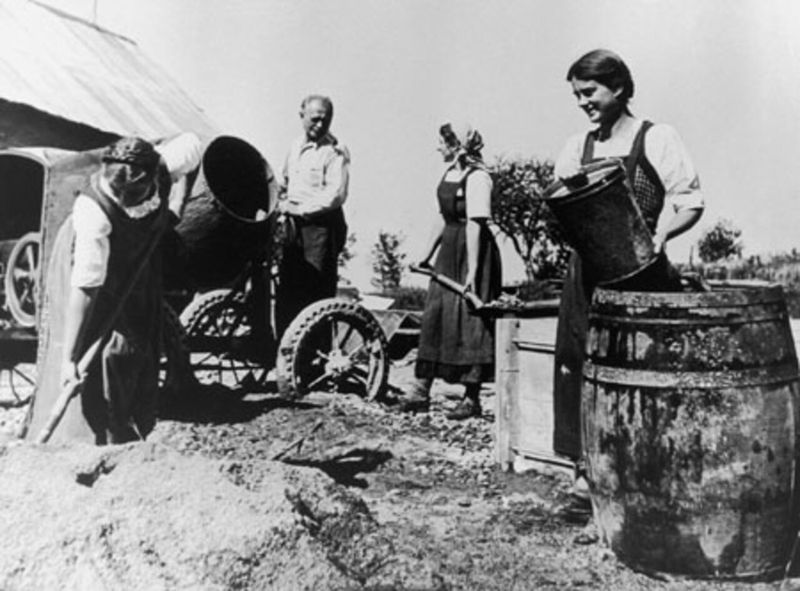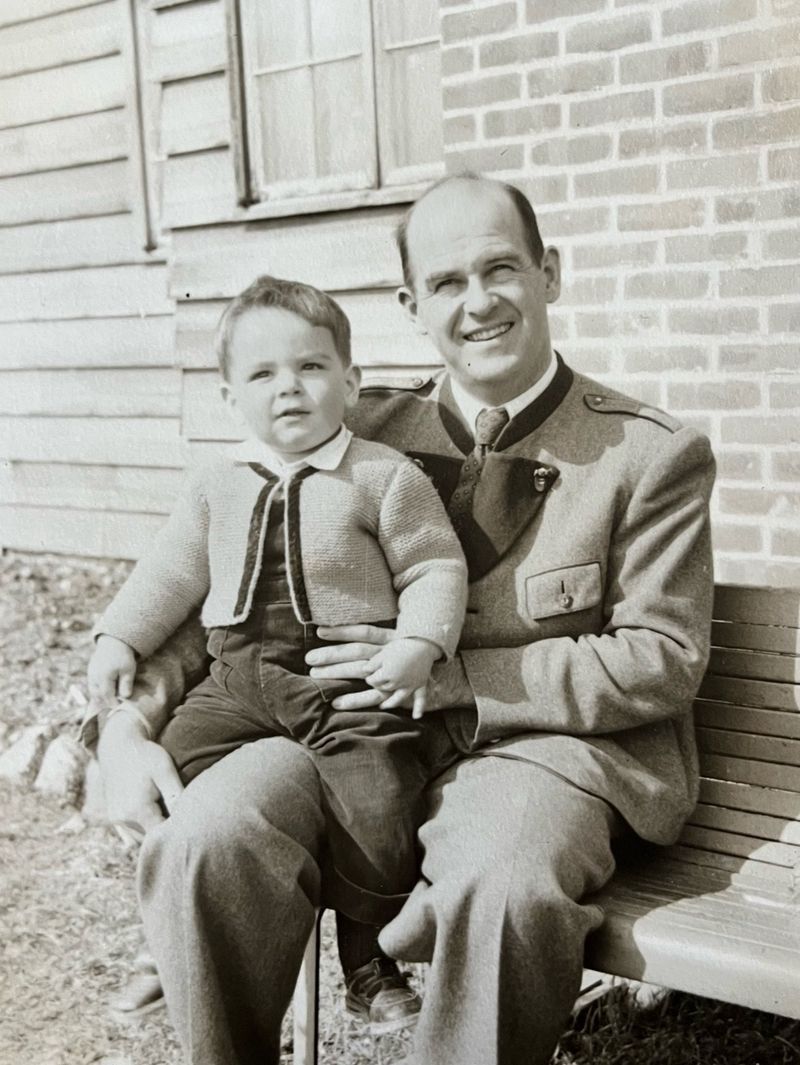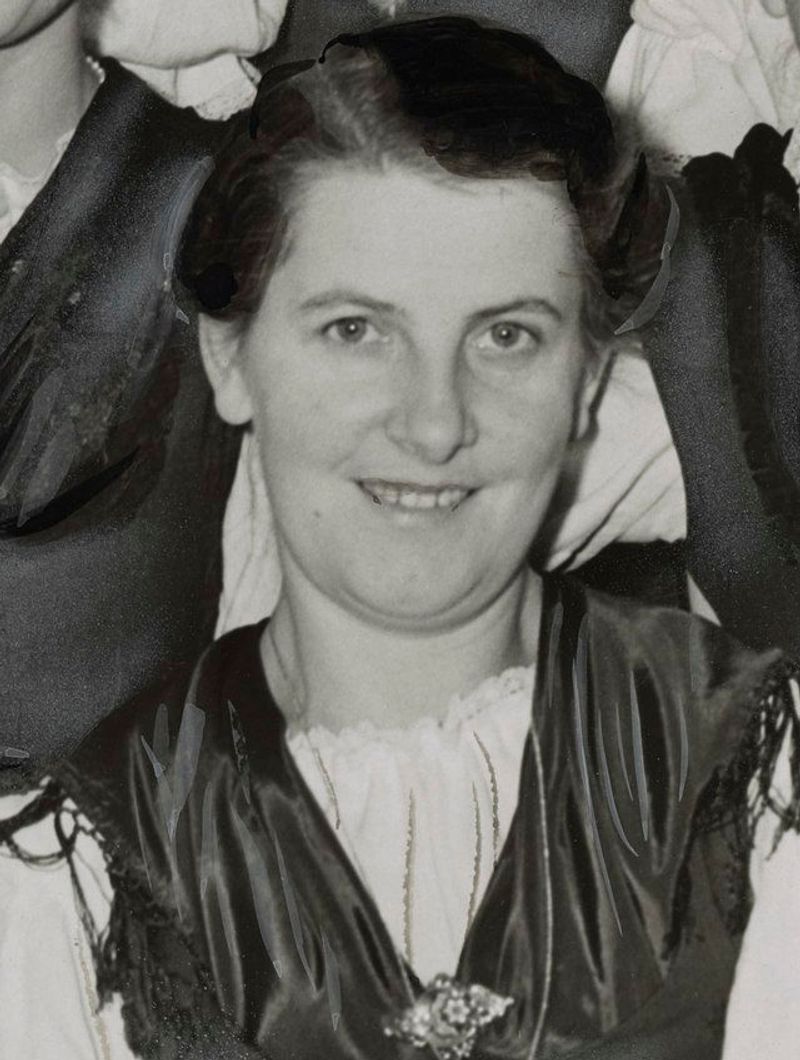Explore the lesser-known truths about the von Trapp children, whose lives were famously fictionalized in “The Sound of Music.” These seven intriguing facts offer a glimpse into the reality behind the Hollywood portrayal.
1. Their Names Were Changed for the Movie
Ever wondered why the von Trapp children in the movie have different names? The real family featured Rupert, Agathe, Maria, Werner, Hedwig, Johanna, and Martina. These names were altered for the film’s narrative simplicity.
While the eldest was Rupert, not Friedrich, the second in line was Agathe, not Liesl. Hollywood decided these changes would better fit the film’s story arc.
The differences in names are just one of the creative liberties taken by the filmmakers to enhance the film’s emotional appeal.
2. The Family Was Already Musical Before Maria Arrived
The von Trapp family was already harmonizing beautifully before Maria came into their lives. Georg von Trapp, the father, was a passionate music lover who encouraged his children to develop their vocal talents.
In fact, the household frequently resonated with joyful melodies, long before the governess’s arrival. Their musical legacy was well-established, contrary to Hollywood’s depiction.
The real von Trapps performed as a family choir, showcasing their talents in various gatherings. Maria’s entry only added another layer to their melodious family tradition.
3. They Didn’t Escape Over the Alps
The dramatic escape over the Alps is, perhaps, the most memorable scene in “The Sound of Music.” However, reality tells a less perilous story. The family chose a train journey to Italy, avoiding the cinematic trek.
Georg, having Italian citizenship, made the train route a practical escape option. This factual escape was much less cinematic but vital for their safety.
Hollywood’s version adds tension and drama, but the von Trapps’ real-life departure was strategic and grounded in practicality.
4. Liesl Wasn’t 16 Going on 17
Agathe von Trapp, the real “Liesl,” defies the on-screen portrayal of a teenage romantic. At 23, she was mature and poised when the family fled Austria.
Her life story diverges significantly from the lovestruck character. Being older, Agathe faced different challenges and responsibilities.
The film adapted her character to align with a youthful subplot, but Agathe’s true persona reflects resilience and maturity beyond her years. Her real-life experiences were far richer and more nuanced than the cinematic version.
5. They Struggled Financially in America
Upon arriving in the United States, the von Trapps faced financial hardships that tested their resilience. They settled in Vermont, working as farmers and taking on odd jobs to make ends meet.
Their initial struggle highlights a lesser-known chapter of their lives, filled with courage and adaptability. A chance meeting with a music promoter eventually catapulted their singing career.
Though the film glosses over these challenges, the real von Trapps’ story is one of perseverance and hope in the land of opportunity.
6. One of the Children Almost Joined the Nazis
Werner, known as “Kurt” in the movie, faced immense pressure to join the Nazi naval academy. His father’s anti-Nazi stance added to the family’s urgency to escape.
Werner’s experience reflects the intense societal pressures of the time, offering a glimpse into the political complexities they navigated.
This harrowing reality contrasts sharply with the film’s lighthearted tone. The von Trapps’ escape was as much about resisting totalitarianism as seeking freedom.
7. The Real Maria Wasn’t as Warm as Julie Andrews
The real Maria von Trapp contrasts sharply with Julie Andrews’ charismatic portrayal. In reality, Maria was known for her strict disciplinarian style, running the household with military precision.
Some von Trapp children later described her as controlling, a far cry from the warm governess of the movie.
This disciplinarian approach was integral to maintaining order in a large family, though it often clashed with Hollywood’s rose-tinted depiction. Maria’s real-life persona was complex, embodying both strength and rigidity.
